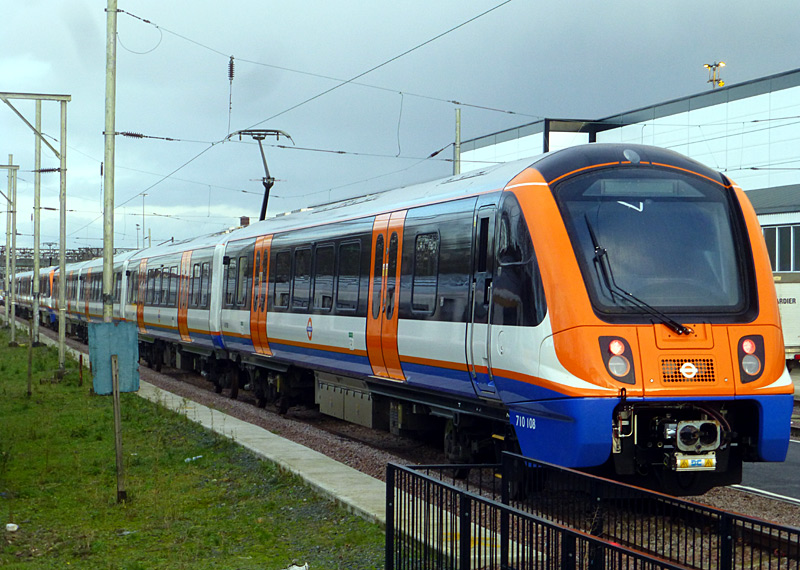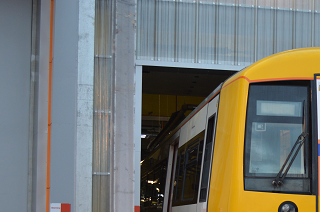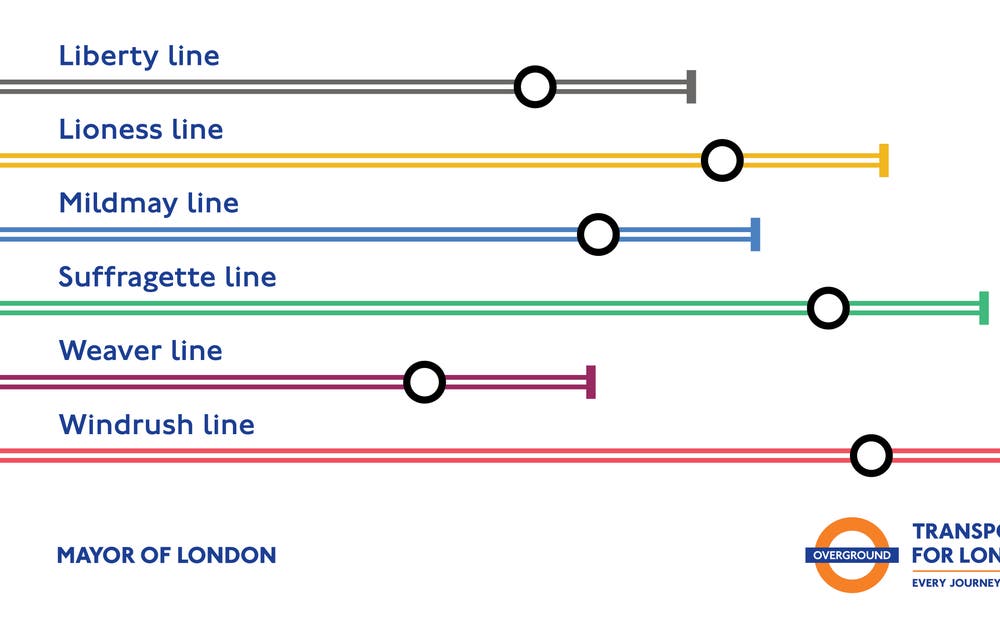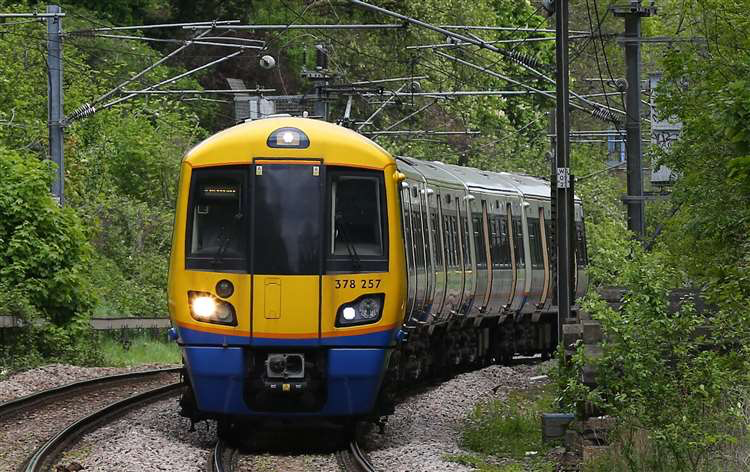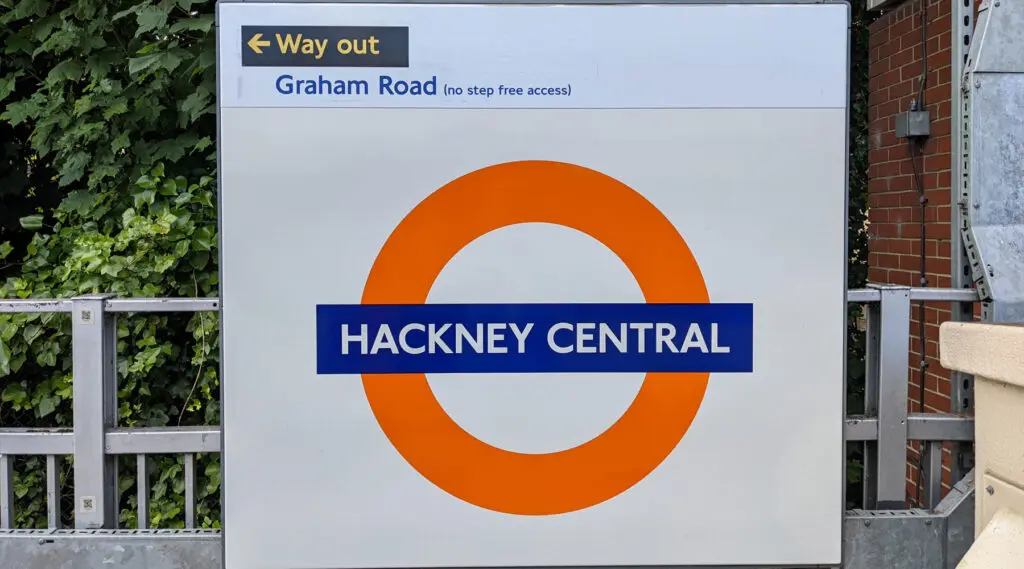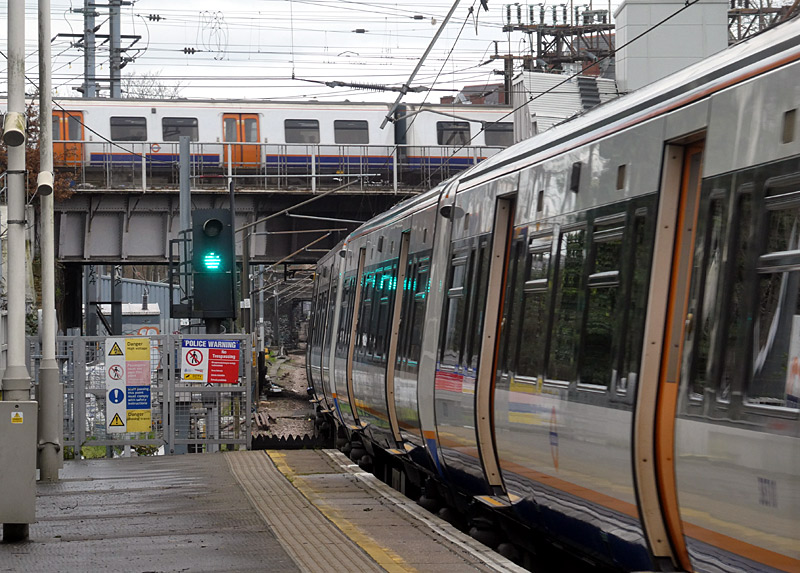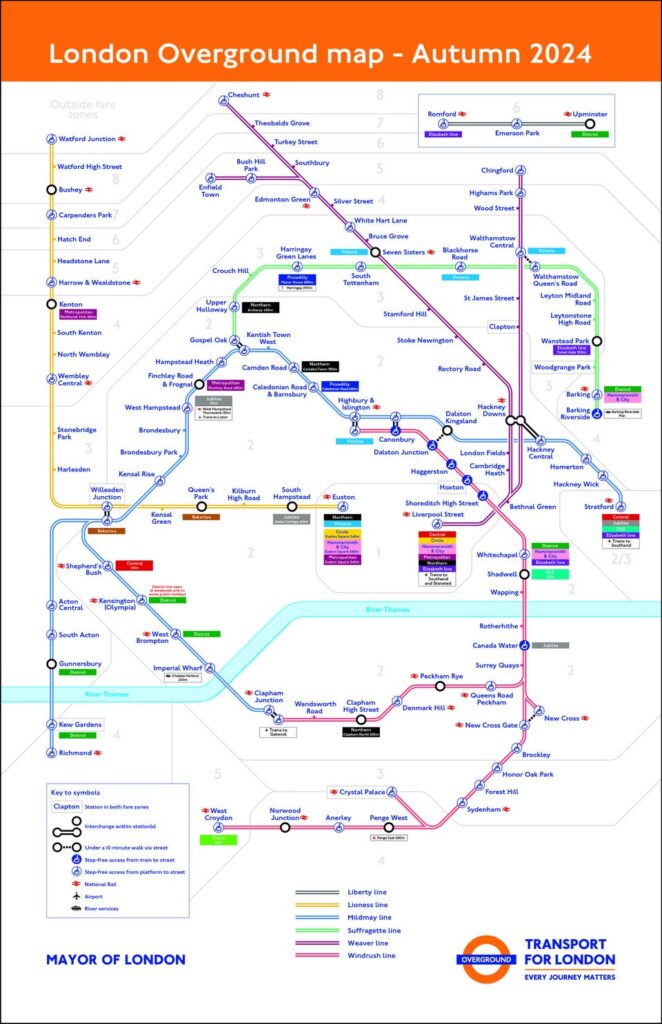A new exhibition in London, titled “Vogue: Inventing the Runway,” immerses visitors in the world of fashion shows. Although these spectacles typically last less than 15 minutes, they require months of preparation and significant resources. These ephemeral shows have the power to cement a designer’s legacy.
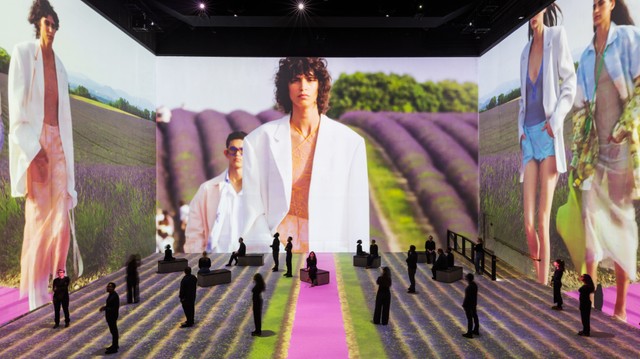
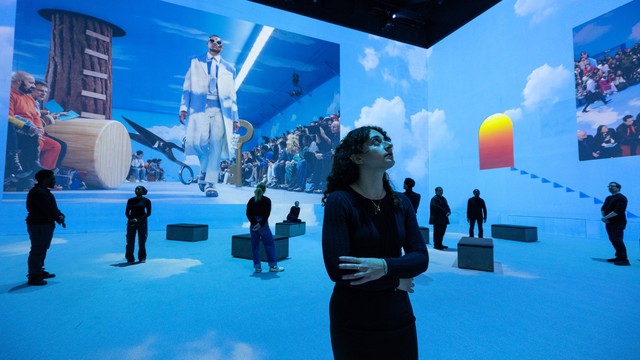
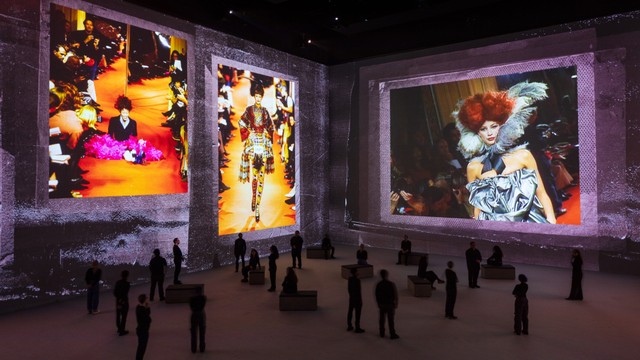
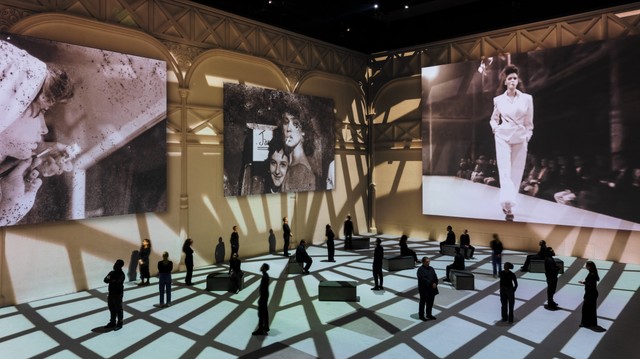
Photos : Lightroom London/Vogue/DR
Immersion into fashion history
Projected onto the 12-meter-high walls of the Lightroom, backstage and runway images transport spectators to the heart of fashion history. “It’s an opportunity to bring this experience to people,” said Chioma Nnadi, head of editorial content at British Vogue.
Unforgettable moments
Alexander McQueen’s Spring-Summer 1999 show, featuring robots spray-painting, made fashion history. In the age of social media, the importance of memorable runway moments has only grown. Today, designers must consider an audience far beyond those seated in the front row.
Cultural evolution
Fashion shows date back to the 19th century when couturiers like Charles Frederick Worth replaced mannequins with live models. This revolutionized the dissemination of fashion, allowing couturiers to become designers by imposing their creative vision.
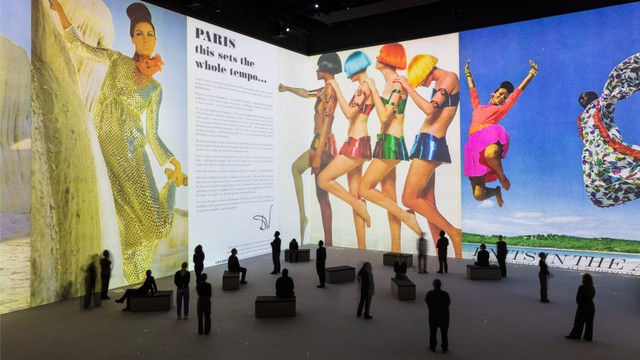
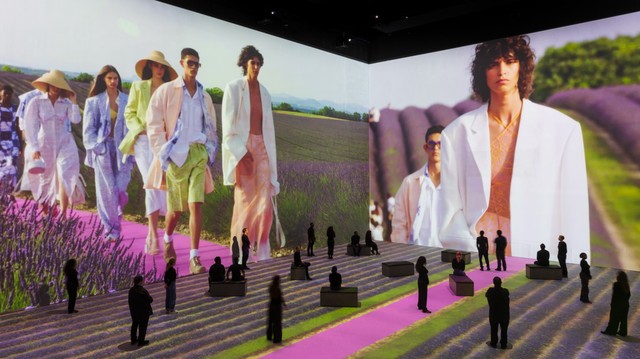
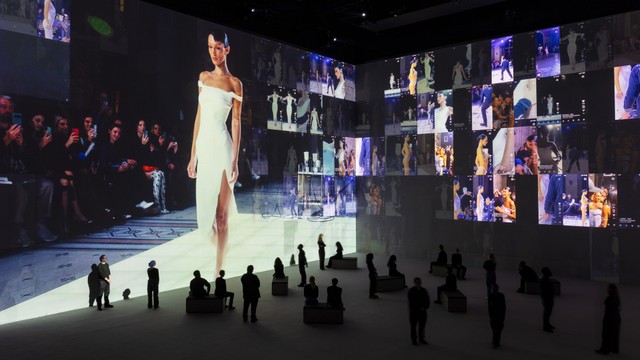
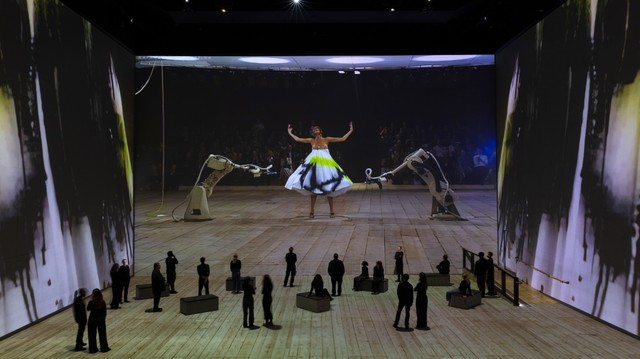
Photos : Lightroom London/Vogue/DR
From intimate shows to big show
In the early 20th century, Gabrielle “Coco” Chanel held intimate shows, observing the audience’s reactions in the reflection of her mirrored staircase. Cristóbal Balenciaga’s shows were equally exclusive, with journalists barred from attending in the 1950s.
New era of visibility
The exhibition uses backstage and runway images to immerse the audience. Today, even smaller brands must join the fashion show circus to be seen. “Inventing the Runway” recalls recent viral moments, such as the butterfly-filled terrariums at Undercover’s Paris show.
A unique perspective on the evolution of fashion shows, highlighting their cultural significance and their ability to captivate and move audiences.
In brief
Location : Lightroom, 12 Lewis Cubitt Square, Londres, N1C 4DY
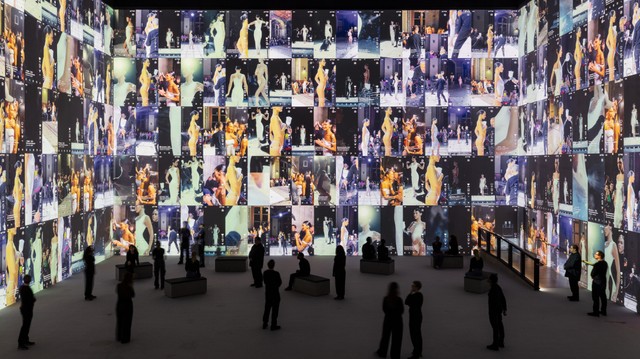
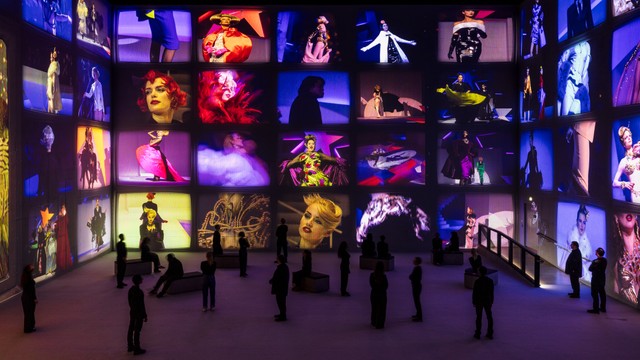
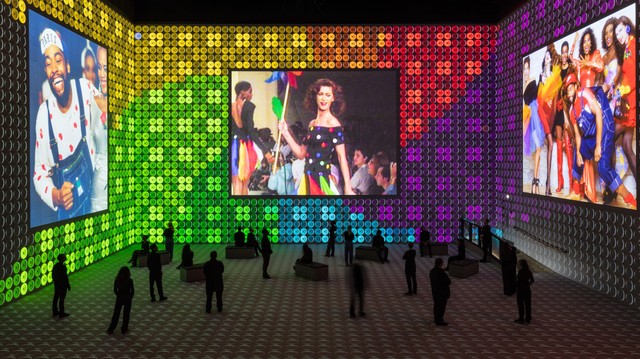
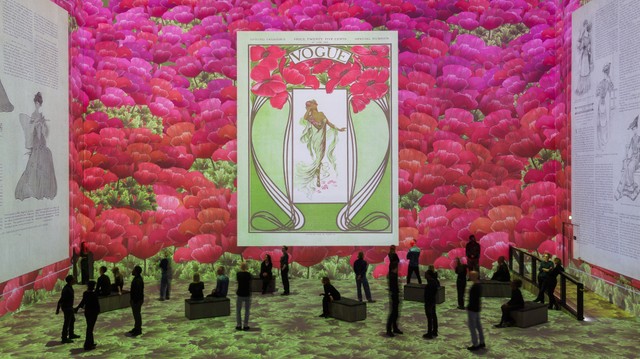
Photos : Lightroom London/Vogue/DR
